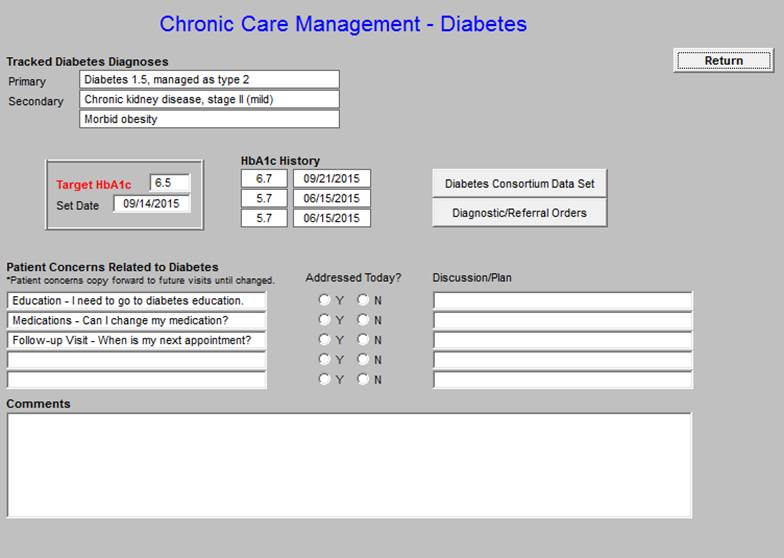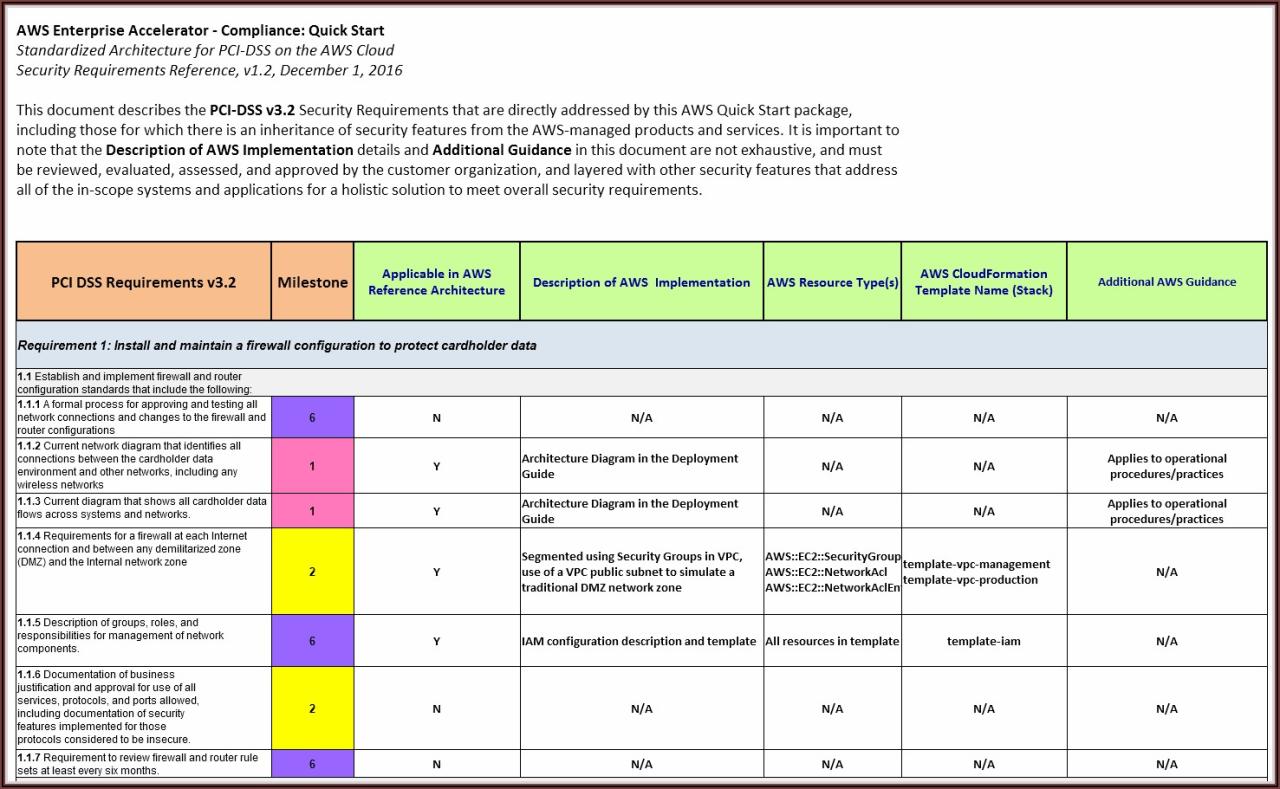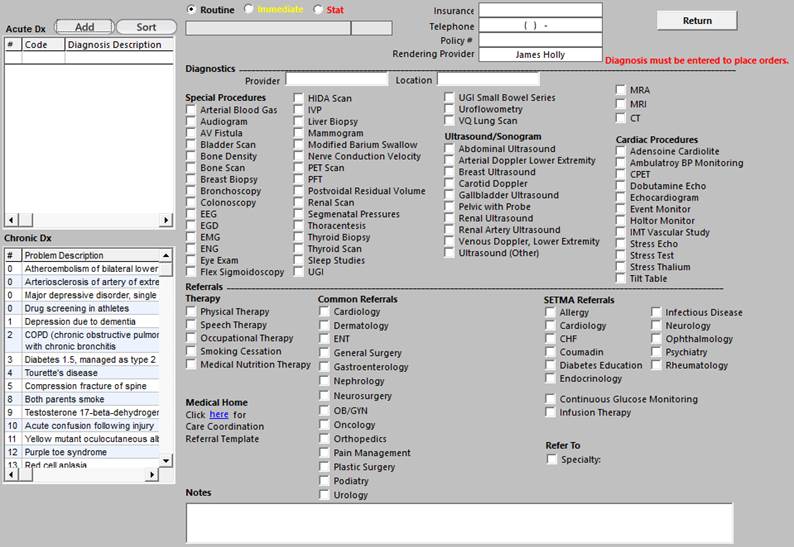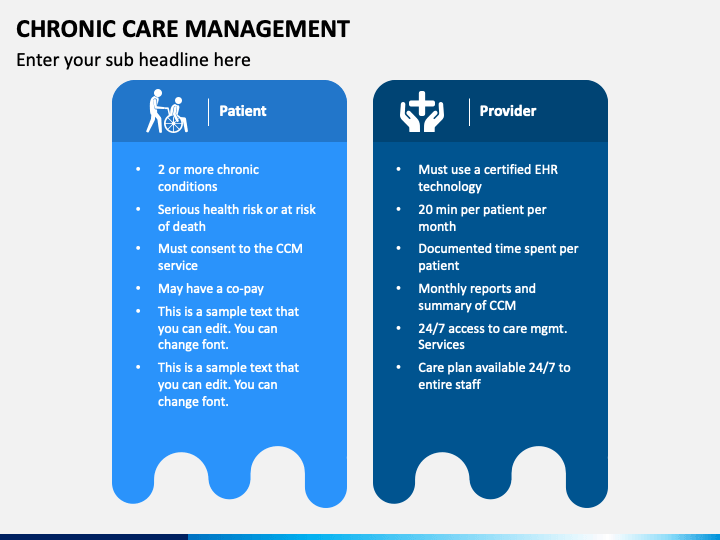Introduction to Printable Chronic Care Management Documentation Template

Chronic care management is an essential aspect of healthcare that requires careful organization and record-keeping. Having a documentation template specifically designed for chronic care management can greatly facilitate this process and ensure that healthcare providers have all the necessary information at their fingertips.A
printable template for chronic care management offers numerous benefits for healthcare providers. Firstly, it allows for easy organization of patient information. The template provides a structured format where healthcare providers can input relevant details such as medical history, medications, and treatment plans.
This helps to ensure that all necessary information is captured and easily accessible when needed.Additionally, a printable template aids in the recording of patient information. With a standardized format, healthcare providers can accurately document patient visits, interventions, and progress over time.
This not only improves efficiency but also enhances the quality of care provided. Having a comprehensive record of patient information enables healthcare providers to make informed decisions, track the effectiveness of treatments, and identify any potential issues or gaps in care.Using
a template for documenting chronic care management also promotes consistency and standardization. By following a predefined format, healthcare providers can ensure that all relevant information is consistently captured across different patients and healthcare settings. This facilitates communication and coordination among healthcare teams, leading to improved patient outcomes.In
summary, a printable chronic care management documentation template is a valuable tool for healthcare providers. It allows for efficient organization and recording of patient information, promotes consistency and standardization, and ultimately enhances the quality of care provided. By utilizing such a template, healthcare providers can streamline their workflow and ensure that they have all the necessary information readily available for effective chronic care management.
Key Components of a Printable Chronic Care Management Documentation Template
Chronic care management requires thorough documentation to ensure comprehensive and effective patient care. A printable chronic care management documentation template should include key components that capture essential information about the patient’s medical history, care plan, and medication details. These components play a crucial role in facilitating continuity of care and enabling healthcare providers to make informed decisions.
Patient Information
The patient information section is the foundation of the documentation template. It includes details such as the patient’s full name, contact information, date of birth, and insurance information. This section allows healthcare providers to easily identify and locate the patient’s records, ensuring accurate and personalized care.
Medical History
The medical history section documents the patient’s past and current medical conditions, surgeries, allergies, and immunizations. It provides a comprehensive overview of the patient’s health, enabling healthcare providers to understand the context of the chronic condition and tailor the care plan accordingly.
This section also helps identify any potential risks or contraindications for certain treatments or medications.
Care Plan
The care plan section Artikels the specific goals, interventions, and strategies for managing the patient’s chronic condition. It includes details on lifestyle modifications, medication regimens, recommended screenings or tests, and referrals to other healthcare professionals or specialists. This section serves as a roadmap for both the patient and healthcare providers, ensuring that all parties are aligned in the management of the chronic condition.
Medication Details
The medication details section provides a comprehensive list of the patient’s current medications, including dosage, frequency, and any relevant instructions. It also captures information about any medication allergies or adverse reactions. This section is crucial for medication reconciliation, avoiding potential drug interactions, and ensuring medication adherence.Capturing
relevant details in each section is vital for effective chronic care management. It allows healthcare providers to have a holistic understanding of the patient’s health status, make informed decisions, and provide personalized care. Comprehensive documentation also promotes continuity of care, as it enables seamless communication between healthcare providers across different settings and facilitates the coordination of services.By
including these key components in a printable chronic care management documentation template, healthcare providers can streamline the documentation process and ensure that all essential information is captured accurately. This promotes efficient chronic care management and enhances the overall quality of care provided to patients.
Designing an Effective Printable Chronic Care Management Documentation Template

When designing a printable chronic care management documentation template, it is important to create a user-friendly and organized layout. This will help healthcare professionals easily navigate and input information, ensuring accurate and efficient documentation. Here are some tips to consider:
Use of Tables and Bullet Points
Tables and bullet points are effective ways to structure information within the template. Tables can be used to present data, such as patient demographics or medication lists, in a clear and organized manner. Bullet points can be used to list key points or actions to be taken, making it easier for healthcare professionals to follow and understand the care plan.
- Ensure the tables are properly formatted with distinct columns and headers for each category of information.
- Use bullet points to break down complex information into manageable chunks.
- Consider using indentation and numbering for hierarchical information.
Formatting and Layout Best Practices
To ensure easy readability and navigation within the template, it is important to follow best practices for formatting and layout. Consider the following:
- Use clear and legible fonts, such as Arial or Times New Roman.
- Ensure an appropriate font size that is easy to read, typically between 10-12 points.
- Use headings and subheadings to categorize different sections within the template.
- Include sufficient white space between sections to avoid clutter and improve readability.
- Consider using bold or italic formatting to highlight important information or instructions.
By following these tips, you can design an effective printable chronic care management documentation template that is user-friendly, organized, and facilitates accurate documentation of patient care.
Customizing a Printable Chronic Care Management Documentation Template

Customizing the template to suit the specific needs of a healthcare practice or provider is essential in ensuring efficient and effective chronic care management. By tailoring the template, healthcare providers can ensure that they capture all the necessary information relevant to their specialty or patient population.
This customization allows for a more comprehensive and relevant documentation process, leading to improved patient care and outcomes.
Examples of Customization
Different healthcare providers may customize the template based on their specialty or patient population. Here are a few examples:
- A primary care physician specializing in diabetes management may customize the template to include specific sections for tracking blood glucose levels, medication adherence, and lifestyle modifications.
- A cardiologist may modify the template to include sections for monitoring blood pressure, cholesterol levels, and cardiac medications.
- A pediatrician may add sections to track developmental milestones, immunization schedules, and growth charts.
- A geriatrician may customize the template to include sections for assessing cognitive function, falls risk, and medication management for elderly patients.
Tips for Customization
To make the template more comprehensive and relevant, consider the following tips for adding or modifying sections:
- Identify the specific needs of your healthcare practice or patient population. This could include disease-specific measures, medication management, or lifestyle interventions.
- Add relevant sections for assessments, interventions, and goals specific to your specialty. This could involve incorporating standardized assessment tools or guidelines.
- Ensure the template captures all the necessary information for proper billing and reimbursement. This may include documenting time spent on non-face-to-face care coordination activities.
- Consider including sections for patient education materials, referrals, and follow-up appointments to facilitate continuity of care.
- Regularly review and update the template to reflect any changes in guidelines, best practices, or regulations.
By customizing the printable chronic care management documentation template, healthcare providers can streamline their documentation process, ensure the capture of relevant information, and ultimately enhance patient care and outcomes.
Using the Printable Chronic Care Management Documentation Template in Practice

When it comes to effectively using the Printable Chronic Care Management Documentation Template during patient visits, healthcare providers can follow these practical tips to ensure accurate and comprehensive documentation.
Benefits of Using a Digital Version
Using a digital version of the template offers several benefits for healthcare providers. Firstly, it provides easier access to patient information, allowing for quick reference during visits. With just a few clicks, healthcare providers can retrieve the patient’s history, medications, and treatment plans, saving valuable time and improving efficiency.Additionally,
a digital template allows for easier updating and customization. Healthcare providers can easily modify the template to fit their specific needs and preferences, ensuring that the documentation aligns with their practice’s protocols. This flexibility also enables healthcare providers to incorporate new guidelines and regulations seamlessly, keeping their documentation up-to-date.
Ensuring Accurate and Up-to-Date Documentation
To ensure accurate and up-to-date documentation using the Printable Chronic Care Management Documentation Template, healthcare providers should follow these guidelines:
- Regularly review and update the template: As new information becomes available or the patient’s condition changes, it is essential to update the template accordingly. This includes adding new medications, updating treatment plans, and documenting any changes in the patient’s health status.
- Document all relevant information: It is crucial to document all pertinent information during patient visits. This includes symptoms, vital signs, medication adherence, and any changes in the patient’s condition. Accurate and comprehensive documentation helps healthcare providers make informed decisions about the patient’s care.
- Ensure clarity and readability: When documenting patient information, it is essential to be clear and concise. Use simple language and avoid medical jargon whenever possible. This ensures that other healthcare providers can easily understand and interpret the documentation.
- Use consistent formatting: Consistency in formatting helps healthcare providers navigate the documentation more efficiently. Use standardized headings, bullet points, and numbering systems to organize the information consistently. This improves readability and allows for easier retrieval of specific details.
- Securely store and backup the documentation: To protect patient privacy and ensure the safety of the documentation, healthcare providers should store it securely. This includes implementing appropriate security measures, such as password protection and encryption. Regularly backup the documentation to prevent data loss.
By following these tips and utilizing the Printable Chronic Care Management Documentation Template effectively, healthcare providers can enhance the quality of their patient care, improve documentation accuracy, and streamline their workflow.
Ensuring Compliance and Security with the Printable Chronic Care Management Documentation Template
Maintaining patient privacy and complying with relevant regulations, such as the Health Insurance Portability and Accountability Act (HIPAA), is of utmost importance when using the Printable Chronic Care Management Documentation Template. This ensures that patient information remains confidential and secure, protecting their privacy and rights.To
securely store and handle the printed templates, it is essential to follow certain guidelines. Firstly, ensure that the templates are stored in a locked and secure location, accessible only to authorized personnel. This helps prevent unauthorized access and ensures that patient information is protected.Additionally,
it is important to handle the printed templates with care. Avoid leaving them unattended or in areas where they can be easily accessed by unauthorized individuals. When transporting the templates, use secure means such as sealed envelopes or locked briefcases to prevent any potential breaches of patient privacy.Regularly
updating the template is crucial to ensure compliance with changing regulatory requirements. As regulations and guidelines evolve, it is necessary to review and modify the template accordingly. This helps to maintain compliance with the latest standards and ensures that patient information is handled in accordance with the most up-to-date regulations.By
prioritizing patient privacy, securely storing and handling the printed templates, and regularly updating the template, healthcare providers can ensure compliance and security when using the Printable Chronic Care Management Documentation Template. This not only protects patient information but also promotes trust and confidence in the healthcare system.
